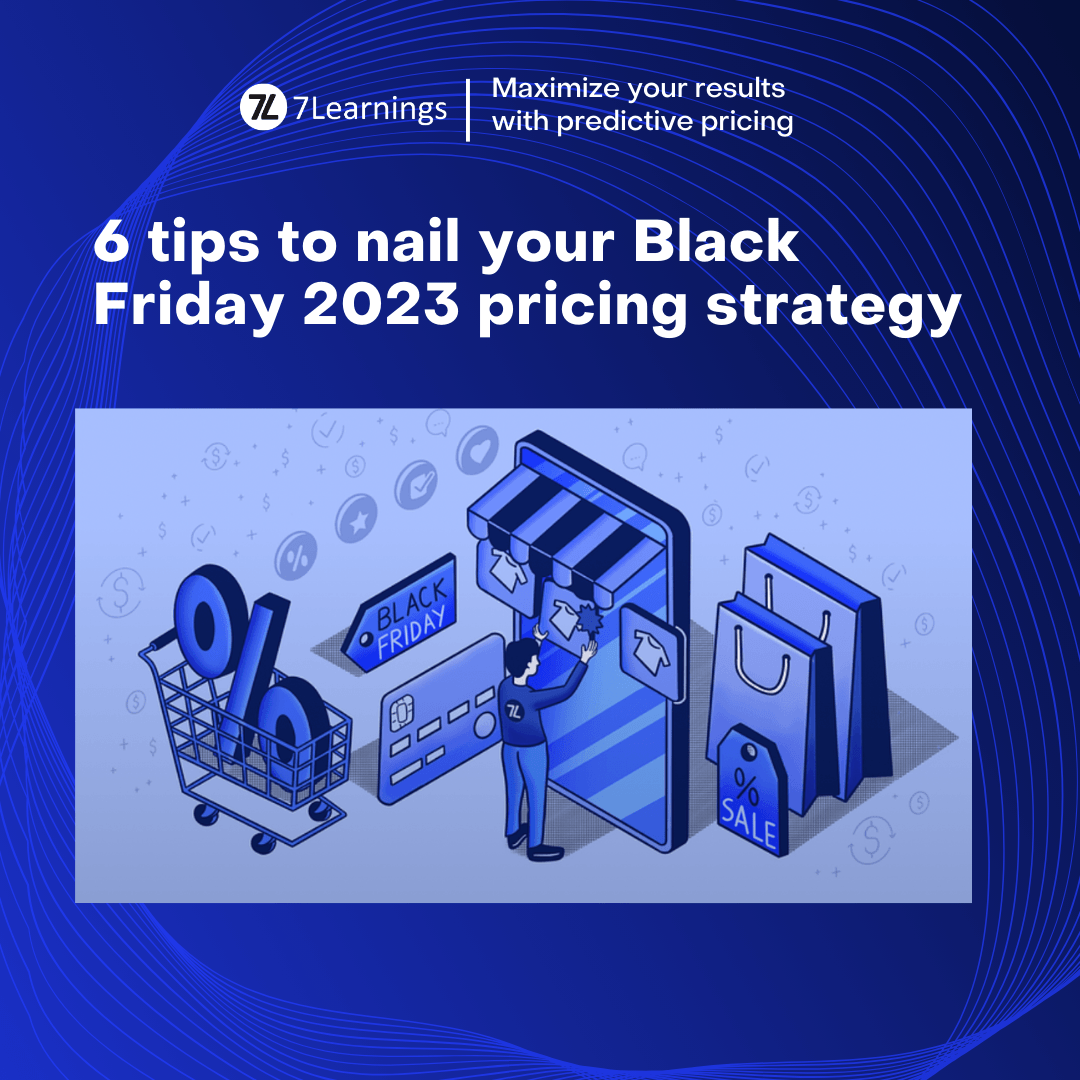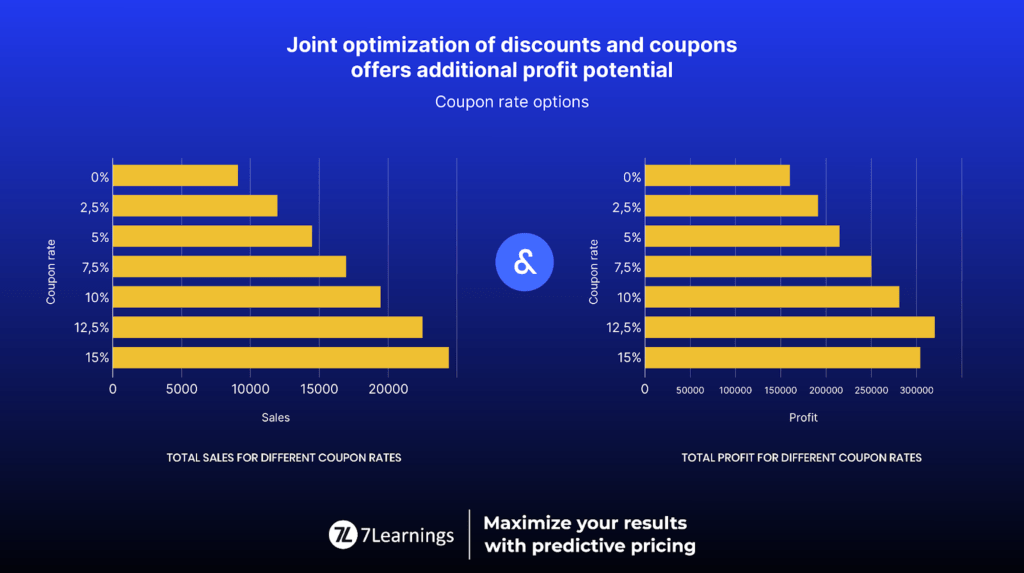6 tips to nail your Black Friday 2023 pricing strategy
Written by
Editorial TeamPublished on

Maximizing success during the frenzy of Black Friday requires more than just slashing prices—it demands a carefully crafted pricing strategy. In order to outshine the competition and maximize shoppers, retailers must navigate a landscape of discounts, promotions, and consumer expectations.
With the retail battleground set to heat up once again, this article highlights six key tips to master your Black Friday pricing strategy. From setting clear objectives to wielding the power of urgency-inducing tactics, these insights will ensure a successful Black Friday campaign that resonates with both customers and your bottom line.
1: Start preparing early
To effectively capitalize on discount battles, retailers should initiate their pricing strategy well in advance. Starting preparations a few weeks prior allows for a well-structured and successful approach.
“Black Friday is not one day; it is the whole of November and the planning and testing starts as early as February. The calibration and fine adjustment of the pricing- & promotion strategy is not something that can be done in a day. It needs a lot of time and meticulous strategizing to have the best trade-off between pricing & promotion.”
Sahin Tezsoy, Director Pricing Management, LUQOM GROUP on 7Learnings Retail Pricing Insights Podcast Episode 2
2: Set objectives
Define revenue, sales, and profit goals. Determine whether you intend to clear out specific product categories or drive sales on particular items. Consider strategic aims, such as enhancing your pricing perception or expanding your customer base.
3: Plan for different scenarios
Utilize pricing software to project potential outcomes based on different pricing strategies. Assess the potential impact of heightened sales volumes post-Black Friday. Could this trigger a demand shift or potential supply shortages?
4: Coordinate marketing and pricing
Advertise your offerings not only on Black Friday but also the day prior through social media platforms like Facebook and Instagram. Employ targeted online ads, utilizing platforms like Facebook and Google Ads. Incorporate email marketing, dispatching notifications to customers in advance about Black Friday and Cyber Monday deals.
5: Create unique special offers
Devote a dedicated landing page to Black Friday, aiding SEO and simplifying customer searches. Extend exclusive discounts to loyal patrons on the eve of Black Friday, guiding them to personalized landing pages. Send cart abandonment reminders with enticing rebate codes. Enhance appeal by providing extended post-Christmas return policies.
Additionally, using website banners and pop-ups like “Nearly Sold Out!” or “Last One Remaining” is useful to infuse a sense of urgency; especially effective for Black Friday.
6: Optimize coupon and discount strategies
Align with customer expectations by offering substantial discounts like 20%, 30%, or 50%. Flexibility in implementing and communicating these discounts is key. However, applying uniform discounts may not yield optimal turnover or profit. Tailor discounts based on price elasticity; items with higher elasticity warrant steeper markdowns.
Coupons are valuable for attracting specific customer segments but should complement, not drive, your pricing strategy. Additionally, avoid price hikes just before Black Friday, as these could deter customers. If necessary, implement price adjustments in October to maintain customer trust.

Optimize Black Friday pricing with machine learning
To secure a competitive edge in Black Friday’s sales and profit race, retailers must harness their data’s full potential to optimize pricing strategies. An essential element lies in comprehending customers’ price sensitivity, made possible by advanced pricing software. This technology accurately evaluates customer price elasticity and suggests optimal discounts for individual products, guaranteeing a pricing strategy that maximizes profit margins.
The capabilities of advanced pricing software extend further, allowing retailers to plot diverse pricing scenarios, all while forecasting revenue, sales, and profit outcomes. It accommodates varied strategies, such as swift sell-outs for select categories.
Leveraging machine learning, this software captures intricate customer behaviors, refining pricing strategies through deep insights gained from historical data, such as previous Black Friday sales, encompassing factors from competitors’ pricing to seasonal influences. In contrast to traditional rule-based pricing, this predictive approach enables astute, adaptable pricing that elevates revenue and profits for retailers.
Be sure to join the special mail delivery if you want to learn more!


